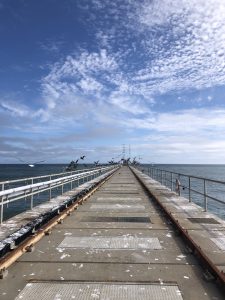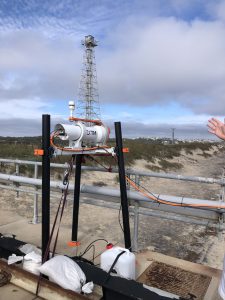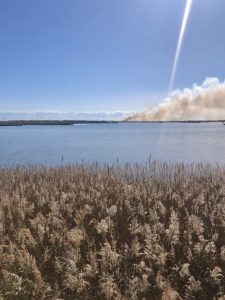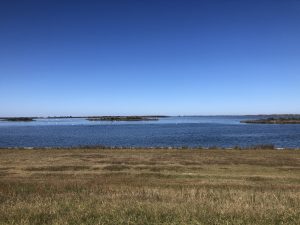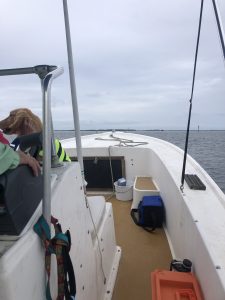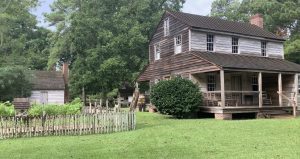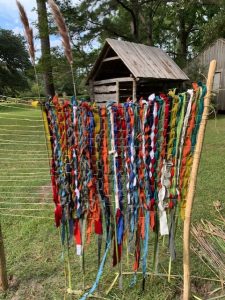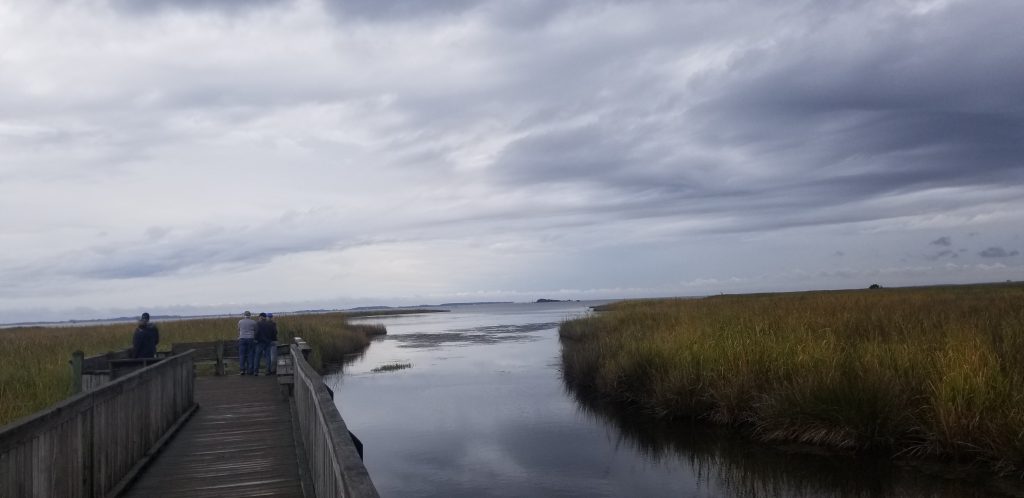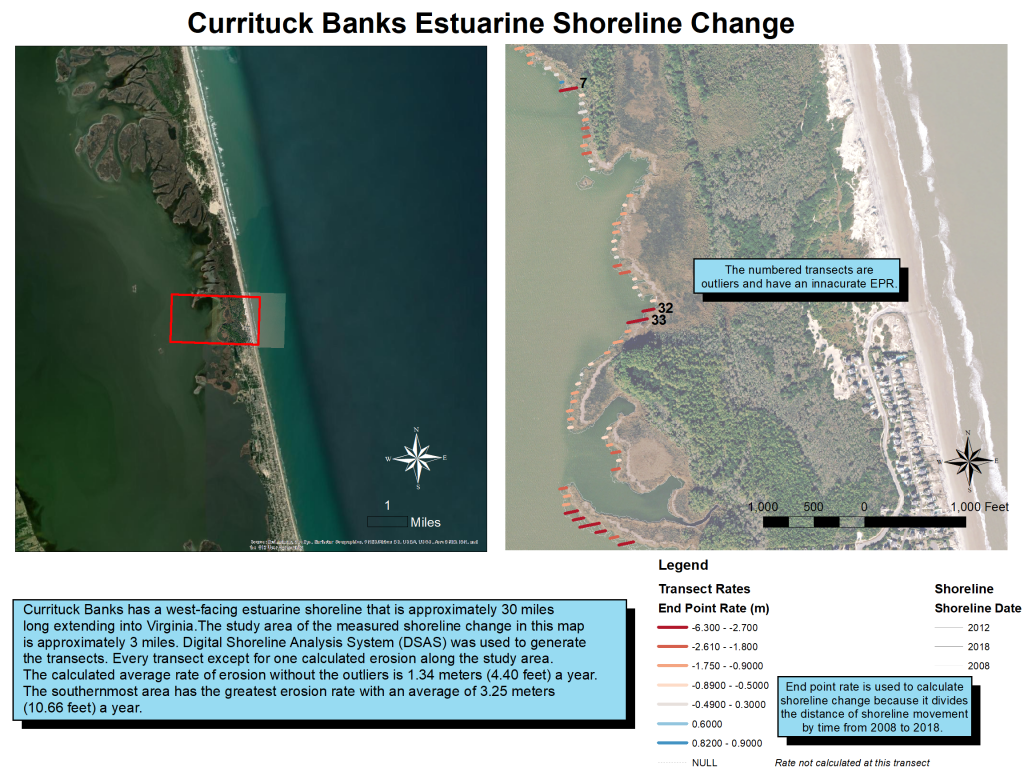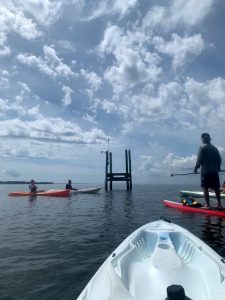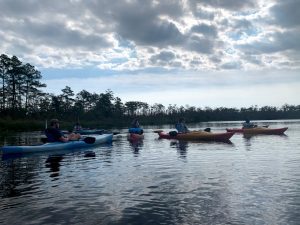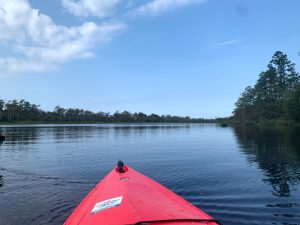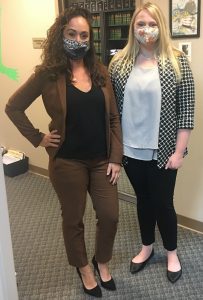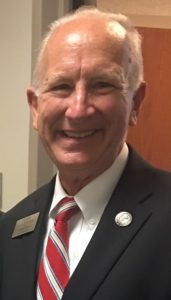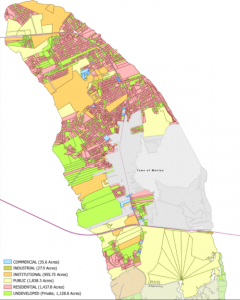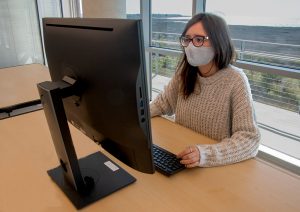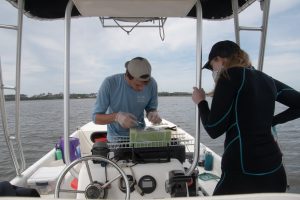As we approach the final week of our field site (crazy!!) I am flooded with all of the amazing memories we have created here on the Outer Banks. I couldn’t pick just one, so I decided to tell you about a few of my favorites:
- The unfortunate ending to a beautiful day (how I finally broke my worst habit)
On one of the first days of our orientation, I rode in the car with our instructor Lindsay, and in conversation told her about how I have a terrible habit of locking my keys in my car in very inconvenient places. Little did I know, I would be demonstrating this horrible habit to the whole group months later on a field trip to Hatteras (about an hour and a half from my house where my spare key sat in my room). At one of our stops on the way to Hatteras, I got out of my car to find a big, fuzzy caterpillar making its way across the parking lot. Excited to show everyone, I shut my car door with only my phone in hand. Minutes later, I stopped in my tracks, knowing what I had done. After the group helped brainstorm how I could break into my own car, Andy graciously offered to call his AAA and get them to come to my rescue. What we thought would be a quick fix ended up being almost two hours of sitting at a picnic table by the water waiting for the tow truck. Andy (my hero) waited with me while everyone else returned home. During this time, I observed a cormorant for far too long, then Andy and I got to watch a family of tourists attempt to paddle board for the first time, which was very entertaining. After feeling so guilty, I made a point to never lock my keys in my car again.
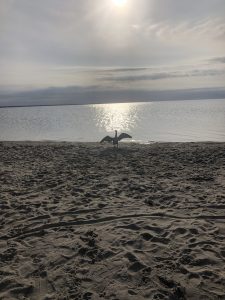 The cormorant that became my friend :’)
The cormorant that became my friend :’)
- Visiting the mystical land of mermaids
The Army Corps of Engineers Research Pier in Duck had always been a big mystery to me and my friends that grew up on the Outer Banks. It was always closed off to the public and has an ominous gate that opens up to a long gravel road. Since we were young, we were convinced that they had discovered mermaids and were keeping them somewhere on the end of the pier. A few weeks ago, when I found out that we were getting the chance to take a tour of the research facility, I was thrilled. I immediately texted my friends that I was on a mission to discover the mermaids. We got to the pier and were greeted by the lovely Heidi Wadman who gave us a brief tour of the area, some cool equipment, and explained some of the things that happen there. Due to COVID restrictions, we unfortunately could not go inside the building (so I did not get to find the mermaids, even though Heidi said there were none). We walked to the end of the pier and it was an amazing view (although it was covered with a thick layer of bird poop). It was amazing getting to tour a place that not many people get to see.
- My peaceful escape from reality
I think I can speak for us all when I say it was an exceptionally stressful few weeks of election season at the beginning of November, especially when we needed to be focusing on wrapping up our classes and getting to work on our Capstone. One of those mornings, I decided I needed an escape to calm my nerves and distract me for a while. As I was headed to take a walk on the beach, I decided instead to go to a place we visited earlier in our semester—Pea Island Wildlife Refuge. This is an amazing place that I have taken for granted all my life living on the Outer Banks. I grabbed my Front Porch coffee and began down the trail, passing several kind people who I can only assume were there for the same reason I was. I watched the billowing smoke of a marsh fire a few minutes down the road until I made it halfway down the trail where I sat down on a bench and watched the thousands of birds all gathered together on the water. The air was filled with only the sounds of the feeding birds, crashing waves in the distance, and occasional passing cars. I was overwhelmed with a feeling of serenity that I very much needed. It was a very memorable moment for me because I got so lost taking in everything around me, I didn’t even know how long I was sitting there. That feeling of peace turned my day around, and I will definitely be taking more advantage of that special place.
Not only has this field site introduced me to such amazing people, but it also made me appreciate my home so much more. 🙂
– Emma Bancroft (Class of 2022)
